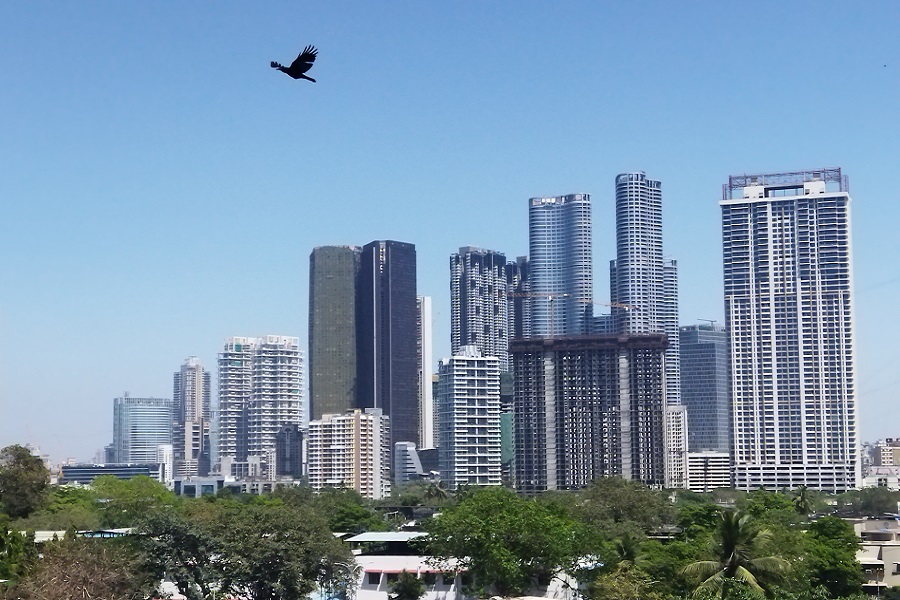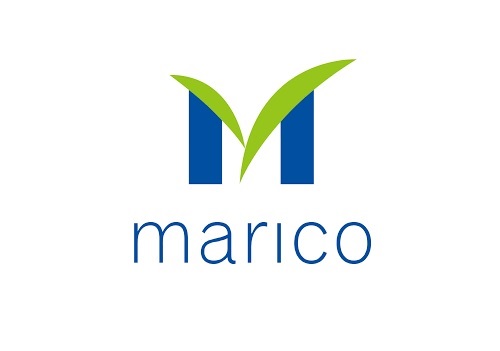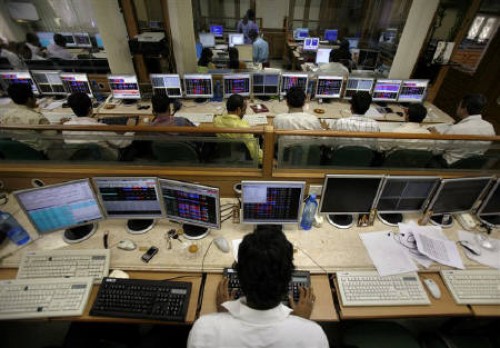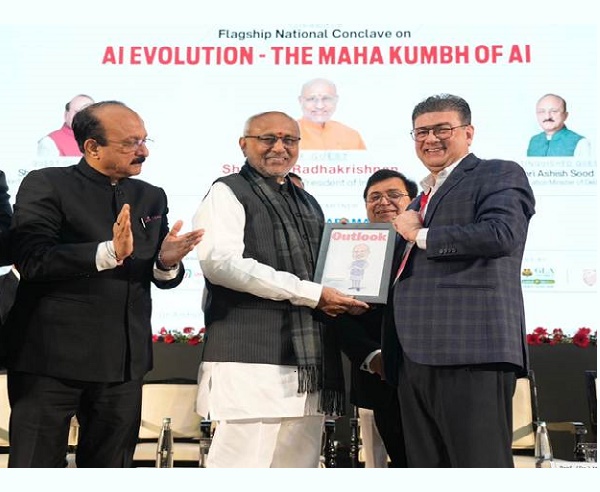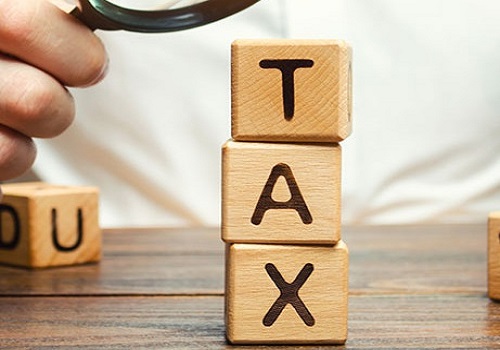The Indirect Tax Regime to Stride Towards Reshaping Viksit Bharat 2047 By CA Pankaj Kapoor, Assistant Professor, School of Commerce, NMIMS Chandigarh

Below the The Indirect Tax Regime to Stride Towards Reshaping Viksit Bharat 2047 By CA Pankaj Kapoor, Assistant Professor, School of Commerce, NMIMS Chandigarh
The article analyzes the 56th GST Council Meeting (September 2025), which rationalized India’s GST framework from four slabs (5%, 12%, 18%, 28%) to a streamlined two-slab system (5% and 18%), alongside a 40% tax on luxury/sin goods.
Key highlights:
- Relief for households: Everyday essentials like soaps, food items, and bicycles moved to 5% or exempt categories, boosting disposable incomes.
- Sectoral impact: FMCG, healthcare, agriculture, handicrafts, and renewable energy sectors stand to gain from reduced tax burdens.
- Growth outlook: Lower consumer costs may push GDP growth up by ~0.6%.
- Public health gains: A 40% GST on cigarettes, pan masala, sugary drinks, and luxury vehicles could reduce unhealthy consumption.
- Fiscal challenges: Estimated annual revenue shortfall of Rs.48,000 crore (~0.4% of GDP) could strain Centre–State relations, with states demanding compensation.
- GST 2.0 efficiency: Simplification, automation in refunds, and streamlined registrations will lower compliance costs and support MSMEs.
Overall, the reforms mark a bold stride towards a simpler, consumer-friendly, and growth-oriented tax system, aligning with the vision of Viksit Bharat 2047, while underlining the need for prudent fiscal balancing.
Above views are of the author and not of the website kindly read disclaimer


